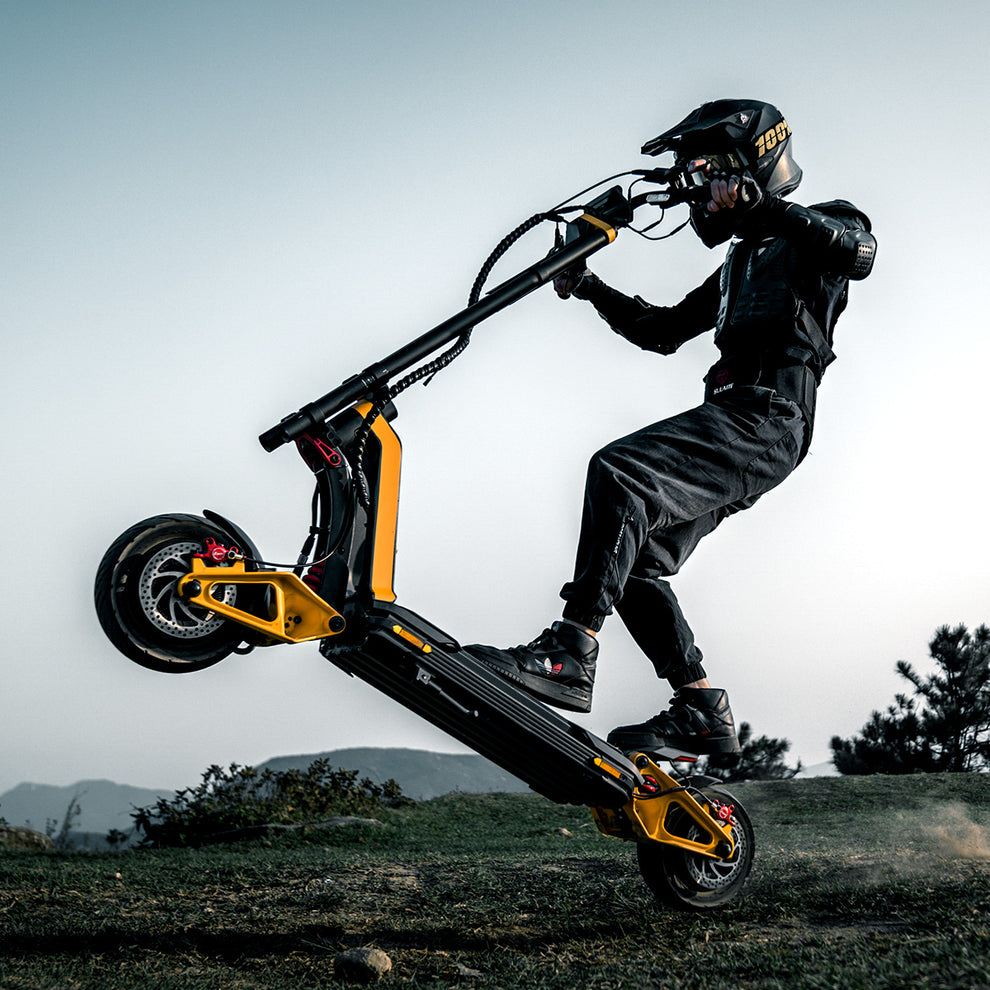In recent years, the e-scooter has emerged as a transformative force in urban transportation. With their compact design and eco-friendly nature, these electric scooters are reshaping how we navigate our cities. But what exactly is driving this trend, and how are e-scooters influencing our daily commutes?

Understanding E-Scooters
An e-scooter is a lightweight, electric-powered scooter that allows users to travel short distances quickly and efficiently. Typically equipped with a rechargeable battery, these scooters can reach speeds of up to 15 mph, making them a viable option for urban commuters. Are you wondering how they compare to traditional forms of transportation? Consider the following:
- Cost-Effective: E-scooters often have lower operational costs compared to cars and public transport.
- Environmentally Friendly: They produce zero emissions, contributing to cleaner air in urban areas.
- Convenient: E-scooters can be parked easily and accessed through various mobile apps.
The Benefits of E-Scooters
The rise of e-scooters brings numerous advantages to urban dwellers. Firstly, they provide a solution to the growing problem of traffic congestion. By offering a quick alternative for short trips, e-scooters can help reduce the number of cars on the road. Additionally, they promote a healthier lifestyle by encouraging outdoor activity.
Moreover, e-scooters are particularly beneficial for last-mile connectivity. Many commuters find themselves needing to travel a short distance from public transport hubs to their final destinations. E-scooters fill this gap effectively. If cities invest in dedicated lanes and infrastructure, the safety and efficiency of e-scooter use will likely improve.
Challenges Facing E-Scooter Adoption
Despite their many benefits, the widespread adoption of e-scooters is not without challenges. Safety concerns are paramount, as accidents can occur due to reckless riding or inadequate infrastructure. Furthermore, cities must address issues related to parking and scooter clutter on sidewalks.
Local governments are beginning to implement regulations to mitigate these challenges. For instance, some cities have introduced speed limits and designated parking areas for e-scooters. How effective these measures will be in ensuring safe and responsible use remains to be seen.
The Future of E-Scooters in Urban Transportation
As urban areas continue to grow, the demand for efficient transportation solutions will only increase. E-scooters are poised to play a significant role in this evolution. With advancements in technology, we can expect improvements in battery life, safety features, and overall performance.
For those interested in exploring the world of e-scooters, consider checking out a variety of models available at  . This selection showcases the latest innovations in electric scooters, catering to diverse commuting needs.
. This selection showcases the latest innovations in electric scooters, catering to diverse commuting needs.
In conclusion, the rise of e-scooters represents a significant shift in urban transportation. As cities adapt to this new mode of travel, it is essential for users to embrace responsible riding practices and for policymakers to create supportive infrastructure. The future of commuting may very well depend on how effectively we integrate e-scooters into our urban landscapes.







